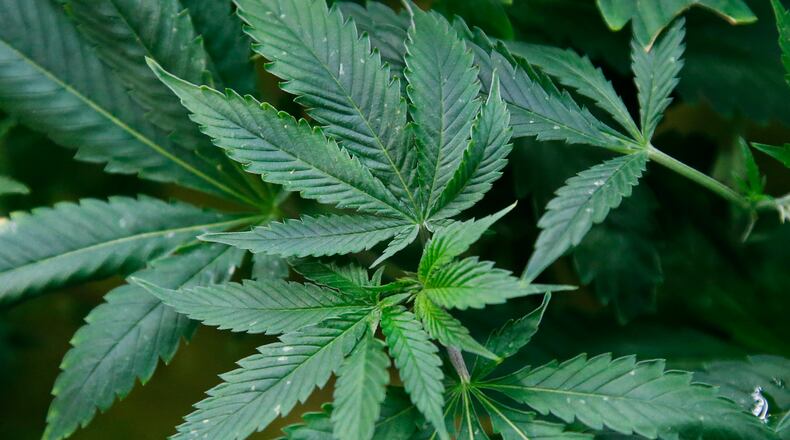There are 59 dispensaries operating statewide now, including nine in this region: two in Butler County, two in Clark County, one in Greene County, three in Montgomery County and one in Warren County.
The first Ohio licenses for dispensaries were issued in 2018 and 2019, said Justin Sheridan, the board’s director of medical marijuana operations.
The Board of Pharmacy is required to reevaluate the number of licenses at least every two years but can do so more often, said Cameron McNamee, the board’s director of policy and communications.
Last year, the Board of Pharmacy changed its licensing rules to choose winning applicants by lottery instead of by competitive applications, Sheridan said. This time the board got 1,465 applications.
The number of licenses available depends on the geographic distribution of existing dispensaries and the number of patients in that area, McNamee said.
The new round of licenses will get close to the target of one dispensary for every 1,200 nearby patients, based on numbers from April 2021, he said.
Applications for a second round of licenses opened in November, and the Ohio Lottery Commission oversaw the drawing from among qualified applicants on Jan. 27.
The board authorized issuing 73 provisional licenses, but three are still under review, including for an additional dispensary in Springfield. No owner may have more than five licenses or more than two-thirds of the licenses in any of the state’s 30 districts.
Provisional licenses are good for up to nine months, according to Sheridan. They don’t allow dispensaries to actually sell marijuana, but gives owners the authority to get local approvals and build their facility. Once that’s done, the Board of Pharmacy will inspect the dispensary; if it meets all standards, a certificate of operation will be issued, he said.
“That’s valid for a period of two years,” Sheridan said.
The provisional license’s duration doesn’t mean it will take the whole nine months for a dispensary to open, McNamee said.
“There was a 180-day limit the last go-round, but people certainly got operational much faster than that,” he said.
State Sen. Steve Huffman, R-Tipp City, sponsored the bill which legalized medical marijuana for some uses – House Bill 523, passed in 2016 when he was a state representative. Now he’s sponsoring an update, Senate Bill 261, which would allow expanded cultivation and potentially increase the number of dispensaries.
Huffman said the expansion proposal is motivated by the average price of medical marijuana in Ohio: about $310 an ounce, more than surrounding states. He hopes a greater supply and more sales outlets will bring that price down.
The bill would also expand the illnesses eligible for marijuana treatment, including any condition a doctor thinks it would help.
Huffman’s bill would move regulation of dispensaries from the Ohio Board of Pharmacy to the state Department of Commerce, creating a Division of Marijuana Control.
Senate Bill 261 passed the state Senate in December, and is now in the House Government Oversight Committee, where it had a fourth hearing April 27.
The Board of Pharmacy is watching the progress of Huffman’s bill, but is focused on evaluating the need for another round of new licenses, McNamee said.
About the Author


